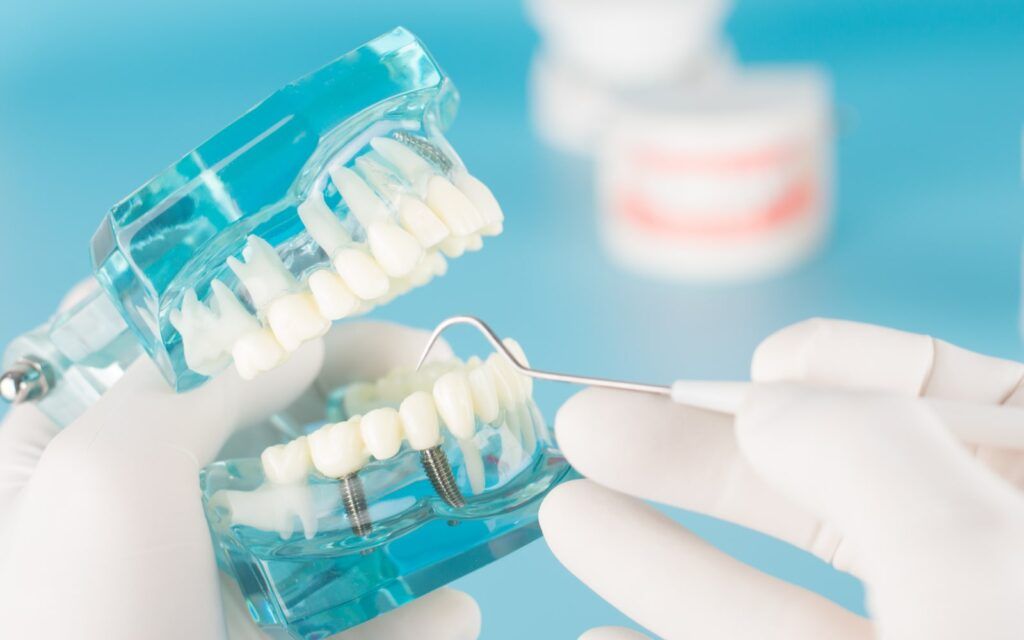For most of the history of dentistry, getting dental impressions done hasn’t been an enjoyable experience. When dental impressions were needed, your provider would bring out uncomfortable plastic trays full of goop. These unpleasant-tasting appliances would be placed in your mouth, where they’d rub against your gums. If you’re one of the unfortunate ones, they may even make you feel like gagging. Unfortunately, these impressions are essential to certain types of restoration and cosmetic dentistry. Dentists and patients alike wished for a world where these impressions would become unnecessary. Digital imaging and impressions have finally brought this wish into reality.
Better Dentistry With Digital Imaging and Impressions
Dental impressions are a valuable part of your dentist’s planning process. They give a clear view of the state of your oral cavity, making it possible to plan procedures with higher accuracy. Imaging tools, such as x-rays, have also been important. Decay and developing oral health concerns can hide beneath the gum line, out of view of the naked eye. X-rays helped to bring these hidden concerns to light where your dentist could prepare a treatment plan.
Modern dental imaging technology has made it possible to create the needed images and impressions quicker and with far less discomfort. Even better, the new methods of creating these important tools of dental planning create more accurate results than ever. The dental imaging techniques used today also use significantly less radiation than ever before. While dental x-rays have always been safe, the amount of radiation you’re exposed to when receiving them is now almost negligible.
Digital impressions are taken using a special tool called an intra-oral camera. This device is moved around inside your mouth, taking countless pictures. These pictures are stitched together using a special type of software to create a seamless 3D image. This image is a near-perfect representation of the state of your oral cavity.
Digital imaging using CBCT (cone-beam computer tomography) creates an incredibly precise image of bony orofacial structures. This is accomplished without the use of uncomfortable bite-plates and creates a 3D image similar to that created with digital impressions. In this case, primarily teeth and bones are visible.
Both forms of imaging produce results with similar benefits, including:
- Highly Accurate 3D images in stunning detail
- Life-life visualizations of your oral cavity
- Eliminate messy and uncomfortable bite trays
- Eliminates needs for foul-tasting and messy impression mediums
- Enhanced planning ability for procedures and restorations
Benefits like these are what drove traditional x-rays and impressions out of the leading role in dentistry. The results are simple to share with patients and other practitioners alike. Copies can be produced and shared without worrying about losing the primary digital document. It’s even possible for patients to view these images using their digital devices.
Your Dental Provider Has More Information For You
The need to visualize our oral cavity and orofacial structures for dental care will always be there. Advancing dental technology has made this type of treatment possible and has improved the diagnostic options of your provider. Contact your dentist today to discover more about how digital imaging and impressions improve your care.




